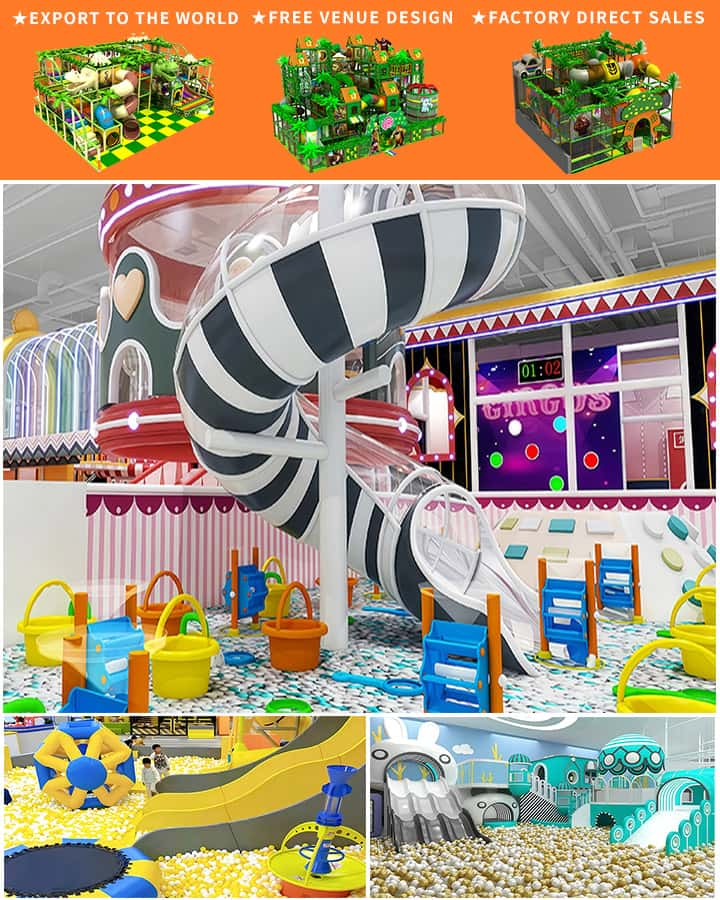In the modern educational landscape, fostering holistic development in students is paramount. One innovative approach gaining traction is the integration of sensory play equipment within outdoor classrooms. Combining elements of nature with tactile learning tools, these environments offer a multisensory experience that stimulates cognitive growth and emotional well-being. This article delves into the significance of sensory play equipment in outdoor classrooms and how they enrich the educational journey for young learners.
The Importance of Sensory Play
Sensory play involves activities that engage one or more of the senses: sight, sound, touch, taste, and smell. It is fundamental in early childhood development as it helps children understand the world around them through exploration and interaction. When integrated into outdoor settings, sensory play becomes even more impactful due to the natural stimuli provided by the environment.
Benefits of Outdoor Classrooms
Outdoor classrooms provide numerous benefits, including improved mental health, increased physical activity, and enhanced academic performance. The open space and fresh air offer students an environment conducive to creativity and concentration. Moreover, being outdoors allows learners to connect with nature, promoting environmental stewardship and a sense of wonder about the natural world.
Integrating Sensory Play Equipment into Outdoor Classrooms
Tactile Tables and Panels: These structures are designed to be touched, felt, and manipulated. They often feature various textures, shapes, and materials that encourage fine motor skills and sensory exploration. Incorporating tactile tables into the outdoor classroom can help students refine their motor abilities while engaging their sense of touch.

Water Features: Water play is inherently sensory-rich, offering visual appeal and soothing sounds. Installing small water features like fountains or shallow pools can provide endless opportunities for sensory engagement. Students can observe the flow of water, feel its temperature, and listen to its gentle splashes.
Nature Trails and Gardens: Designated nature paths and gardens serve as dynamic sensory playgrounds. Children can explore different plants, smell flowers, and hear birds chirping. Walking barefoot on grass or sand paths adds a tactile dimension, enhancing the overall sensory experience.
Interactive Installations: Outdoor classrooms can include interactive installations such as musical instruments, chimes, and wind spinners. These elements stimulate auditory senses and promote auditory discrimination and rhythm appreciation.
Sand and Soil Areas: Sand pits and gardening zones invite students to dig, build, and plant. These activities enhance sensory perception through touch and proprioception (awareness of body position). Additionally, working with soil and plants introduces concepts of biology and ecology in an immersive way.
Enhancing Cognitive and Social Skills
The use of sensory play equipment in outdoor classrooms goes beyond mere physical activity; it significantly enhances cognitive and social skills. Sensory experiences aid in developing problem-solving abilities, spatial awareness, and language acquisition. For example, describing textures or comparing sounds requires the use of descriptive language, thus expanding vocabulary and communication skills.
Moreover, group activities involving sensory play promote cooperation, negotiation, and empathy. Children learn to share resources, collaborate on projects, and appreciate diverse perspectives. These social interactions lay the foundation for healthy interpersonal relationships and effective teamwork.
Practical Considerations
When integrating sensory play equipment into outdoor classrooms, several practical considerations come into play:
Safety: Ensure all equipment is age-appropriate and safe for children to use without supervision. Regular maintenance and inspections are crucial to prevent accidents.
Inclusiveness: Design sensory play areas to be accessible to all children, including those with disabilities. Incorporate features that cater to different needs and abilities.
Flexibility: Choose modular and versatile equipment that can be rearranged to suit various activities and lessons. This flexibility ensures long-term usability and adaptability.
Conclusion
Integrating sensory play equipment into outdoor classrooms creates rich, stimulating environments that support comprehensive child development. By leveraging the power of sensory experiences, educators can foster cognitive growth, social skills, and a deeper connection to nature. As education continues to evolve, embracing innovative approaches like sensory play in outdoor settings promises a brighter, more engaging future for young learners.




